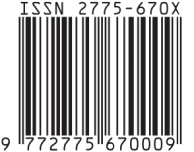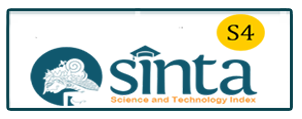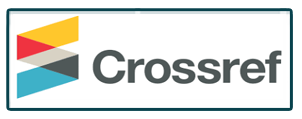The Relationship Between Materialism and Compulsive Buying in the Phenomenon of Online Shopping for Teenagers in Makassar City
Hubungan Antara Materialisme dengan Compulsive Buying pada Fenomena Belanja Online Remaja di Kota Makassar
Abstract
The presence of online stores makes transactions easier for consumers, especially teenagers. However, shopping activities can trigger continuous purchases or addiction which is called compulsive buying. The increasing level of compulsive buying behavior in individuals is influenced by increasing levels of materialism. Individuals with high materialism will feel they can raise their social status or build a good personal identity with the items they use. This research was conducted on 355 adolescents in Makassar City. Samples were taken using the Accidental Sampling technique. The results of this research show that there is a relationship between materialism and compulsive buying in the online shopping phenomenon of teenagers in Makassar City with a significant value (r = 0.350; p = 0.000). Researchers conducted additional tests to see how much influence materialism has on compulsive buying. Materialism contributes 12.2% to compulsive buying. It is hoped that this research can contribute to knowledge in the field of social psychology, especially regarding the relationship between materialism and compulsive buying in society, especially teenagers. The implication of this research is that for teenagers who have high materialism, the results of this research can provide new insights regarding online shopping and compulsive buying behavior.
Copyright (c) 2024 AFIFAH ZHAFIRAH AN NA'ILAH

This work is licensed under a Creative Commons Attribution-NonCommercial 4.0 International License.













